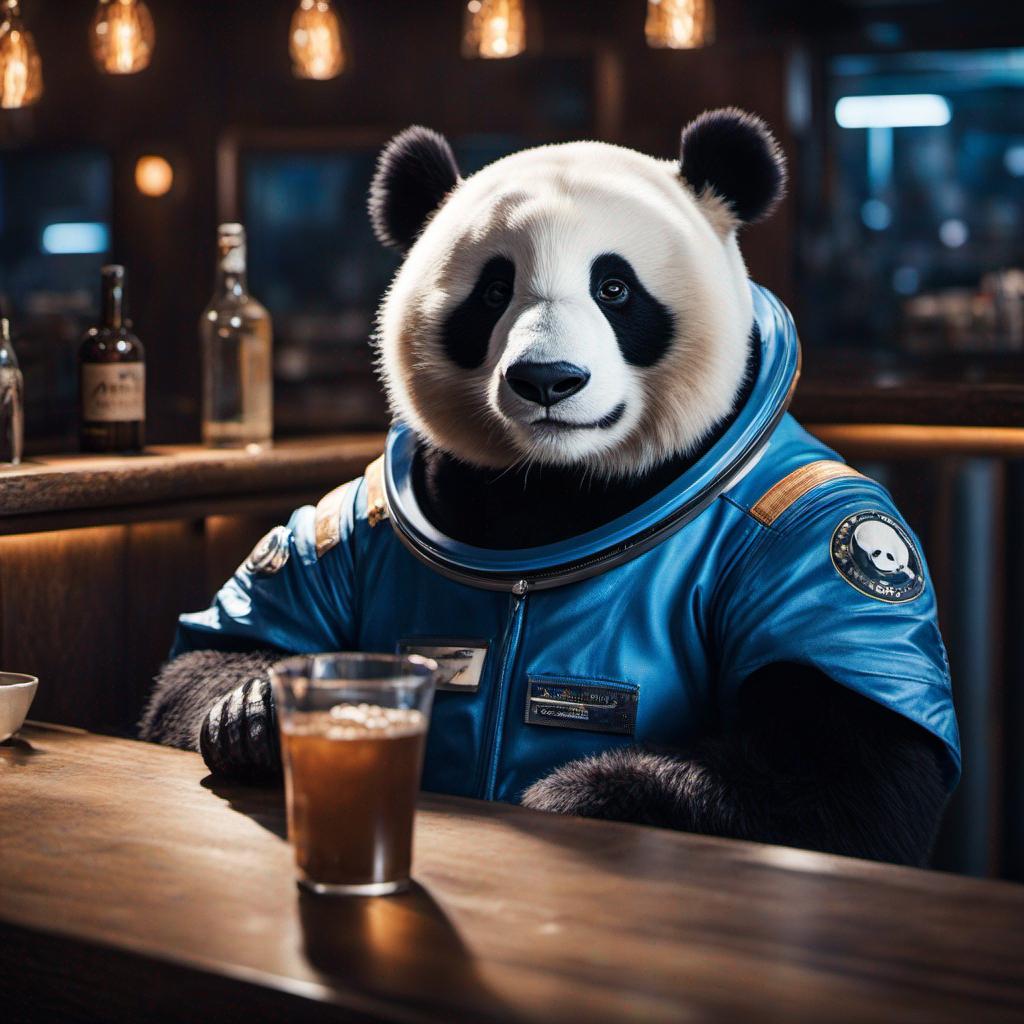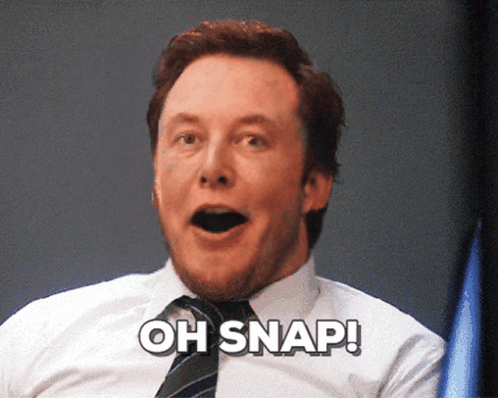Llama 3 8b
Meta developed and released the Meta Llama 3 family of large language models (LLMs), a collection of pretrained and instruction tuned generative text models in 8 and 70B sizes. The Llama 3 instruction tuned models are optimized for dialogue use cases and outperform many of the available open source chat models on common industry benchmarks.
Resources to get you started
Everything you need to know to get the most out of Llama 3 8b
Llama 3 8b
Meta Llama 3 8b, is a game-changer in the world of large language models (LLMs). Developed by Meta AI, it's designed to be open-source and accessible, making it a valuable tool for developers, researchers, and businesses alike. Meta Llama 3 is a foundational system, meaning it serves as a base for building even more advanced AI applications.
Focus on Accessibility
- •
Open-source: Unlike many powerful LLMs, Meta Llama 3 is freely available for anyone to use and modify. This fosters innovation and collaboration within the AI community.
- •
Scalability: Llama 3 comes in two sizes: 8B and 70B parameters. This allows users to choose the version that best suits their needs and computational resources.
Enhanced Capabilities
- •
Efficient Tokenizer: Meta Llama 3 uses a tokenizer with a vocabulary of 128,000 tokens. This allows it to encode language effectively, leading to improved performance compared to previous models.
- •
Grouped Query Attention (GQA): This technique improves the efficiency of the model during the inference stage, making it faster to process information and generate responses.
Other Popular Models
Discover other models you might be interested in.
sdxl-img2img
SDXL Img2Img is used for text-guided image-to-image translation. This model uses the weights from Stable Diffusion to generate new images from an input image using StableDiffusionImg2ImgPipeline from diffusers

faceswap-v2
Take a picture/gif and replace the face in it with a face of your choice. You only need one image of the desired face. No dataset, no training

sdxl1.0-txt2img
The SDXL model is the official upgrade to the v1.5 model. The model is released as open-source software

sd2.1-faceswapper
Take a picture/gif and replace the face in it with a face of your choice. You only need one image of the desired face. No dataset, no training
